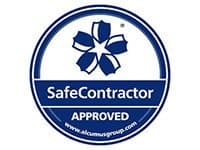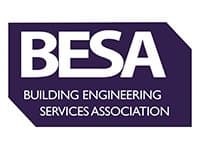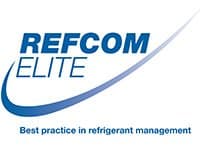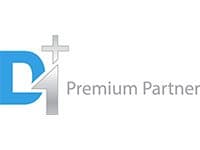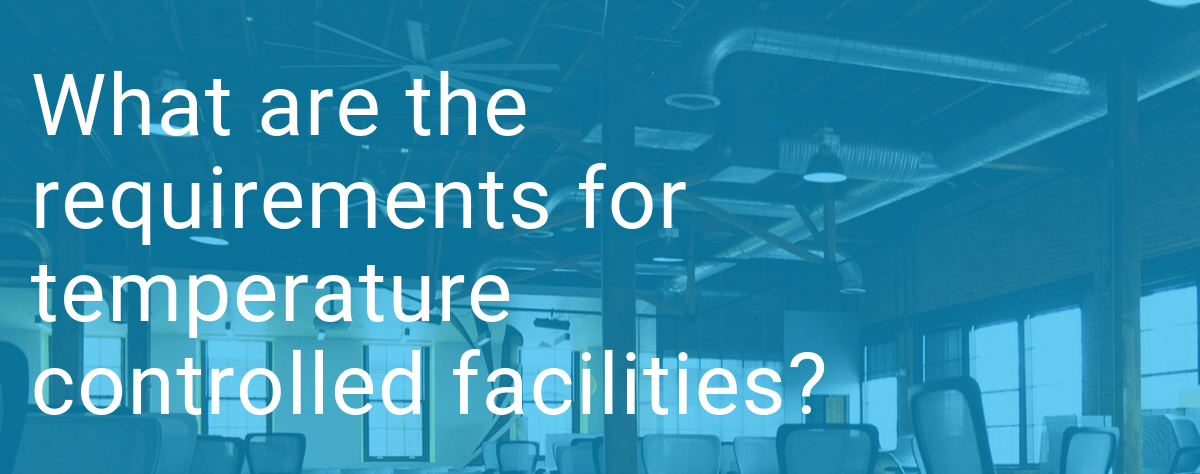
It is important to have a good understanding of the design of temperature-controlled facilities and what requirements different classes of room need. A consistent indoor climate in a commercial environment can be beneficial from a financial and health and safety perspective. In many sectors, if products are not produced or tested/calibrated in a controlled environment room, they will not meet the stringent requirements of the customer.
Here’s a brief overview of the requirements for temperature-controlled facilities.
Classes of temperature-controlled facilities
The temperature for your workplace will be dependent on many different factors. Here are a few of the most common:
- For a typical air conditioning installation in a workplace, office or industrial facility, a tolerance of +/- 4 degrees Celsius is acceptable.
- If your requirements are for quality control, product development or other specialist processes, you will be looking at Class 2 control conditions. This controls the temperature to 20 degrees Celsius within +/- 2 degrees and a humidity control below 55% RH.
- Class 1 control conditions provide a further level of climate regulation and are often known as ‘clean rooms’, ‘CMM rooms’ or ‘Close Control rooms’ as the tolerance is reduced to +/- 1 degrees C of 20 degrees Celsius and the humidity below 55% RH, depending on the purpose of the room, high levels of filtration can be used to achieve ISO classes for clean room purposes.
- For companies in industries such as specialist engineering, a Class 1 Plus control room reduces the tolerance even tighter to 0.5 degrees tolerance of 20 degrees Celsius.
Certification of temperature-controlled facilities
When the requisite of temperature-controlled facilities is important, it’s vital to ensure the standards of ISO 17025 are maintained.
This standard detail the benchmark for control conditions needed in laboratories to deal with calibration and testing, and to validate their competency.
Consequently, using a testing facility that is compliant with ISO 17025 is essential to ensure accreditation and confidence in any results related to close control of test conditions.
Design and construction
It is essential to the design of climate regulatory facilities to consider not just the sizing of any room, but location, access requirements, type of room needed as well as air changes, fabric of the room and heat loads.
Once all these criteria are assessed, a final design can be produced that fits the requirements in every aspect – including the walls, ceiling, floor, services etc.
Construction and installation are equally important, and so it is vital to use competent and experienced contractors who will install the control room to the requirements.
Many specialist companies will offer a bespoke design and build service, offering a full turnkey package to ensure quality control at every stage from design, through build, to maintenance once live.
Choosing a designer and installer you can trust
Look for a company with the required ISO 17025 standard for testing, along with a wide experience of design and installation experience across different classes of facilities.
Seek evidence of competency and results, such as heat logs of installed facilities, to ensure the desired design should match with your requirements.
Finally, ask previous customers for feedback or referrals, or just ask the company for testimonials or case studies from their satisfied previous clients.
If you’re looking for commercial experts in temperature controlled rooms, TEK can help with an entire turnkey package. You can request a quote by calling TEK today on 01179 523355 or use our contact form and we will get back to you.


